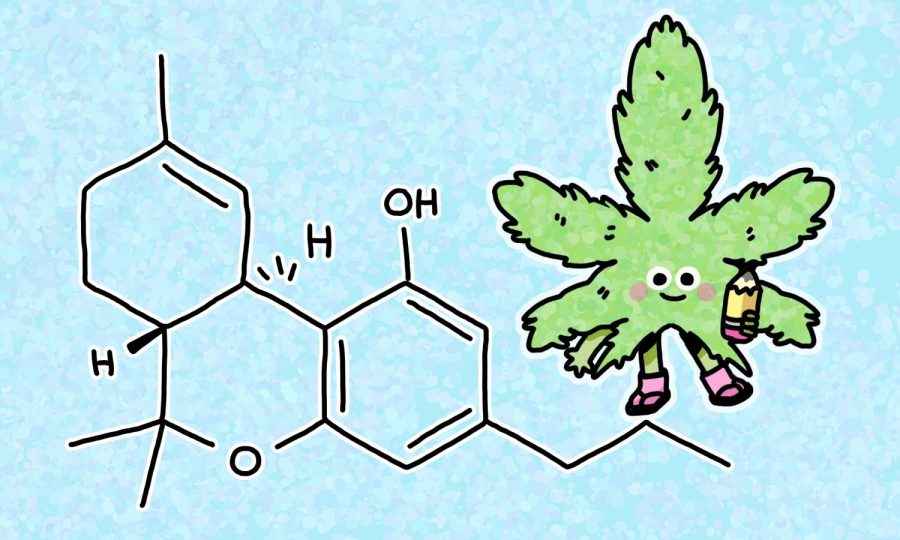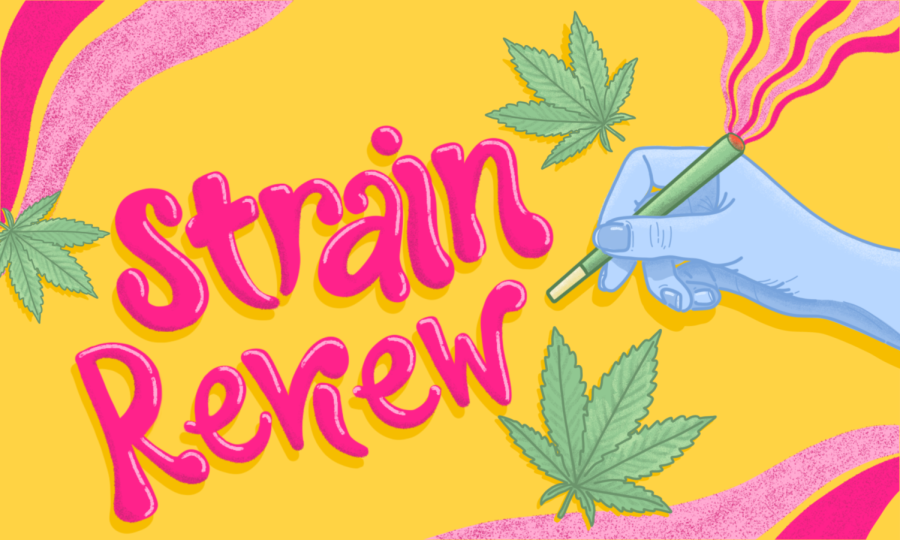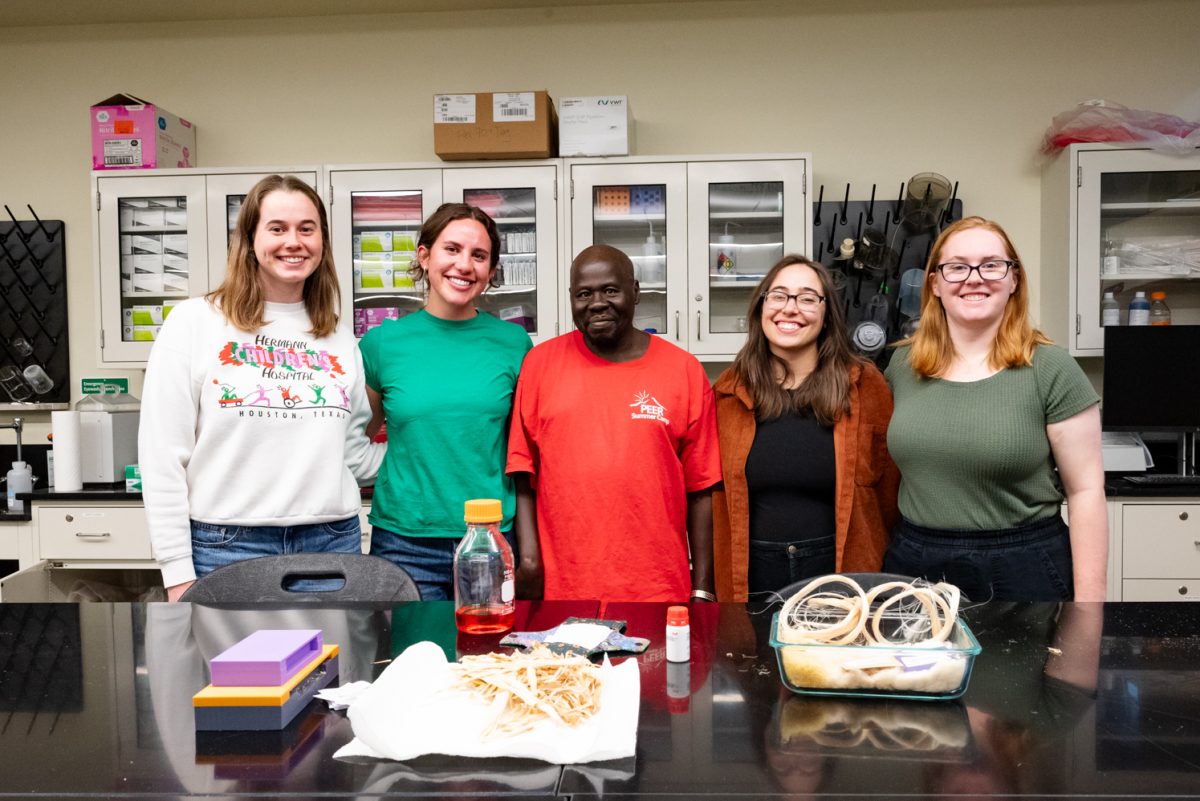THC and CBD are two cannabinoids that have risen to incredible heights in terms of popularity, cultural relevance and research relating to medical benefits. However, the potential of the lesser-known cannabinol has grown over the past two years. The emergence of new research revealed the compound’s ability to prevent and eliminate cancer cells in human tissues and to protect the aging brain from neurodegenerative diseases such as Alzheimer’s disease, Parkinson’s disease and Huntington’s disease.
CBN has received more attention in recent years and is primarily marketed as a sleep aid with effects comparable to or with even greater effects than CBD. This point is contended, as there is a limited number of human studies supporting the effects of CBN — most of which date back to the 1970s and ’80s. Fortunately, recent discoveries have made CBN a major focal point of scientific and pharmacological attention, so further research into the compound is likely imminent.
CBN is just one of over 60 cannabinoid compounds found in cannabis plants. Researchers showed renewed interest in CBN after observing its surprising role in suppressing cancer cell growth in animals.
By using concentrated CBN in experiments with various human tissues and cancerous cells, a team of researchers found compelling evidence of the compound’s anti-cancerous properties. A study from the University of Lethbridge published back in March showed the ability of CBN to suppress the development of cancer cells, modulate the cell cycle progression of tumor cells and cause apoptosis — programmed cell death — in cancer cells.
The CBN molecule relies on an interaction with cannabinoid receptors to modulate specific cell-signaling pathways that affect or eliminate cancerous cells. By interacting with these receptors and affecting certain pathways of the cell, CBN is able to inhibit and even eliminate cancer and tumorous cells in certain human tissues through apoptosis.
Cancer is a result of the imbalance between cell growth and death, and it is one of the most difficult diseases to treat and cure. In recent years, several cannabinoids including THC and CBD have displayed anti-tumorous and anti-cancer functions, which makes CBN the latest to join the list.
Another challenge posed to modern medicine is to prevent, treat and cure diseases caused by aging. Aiming to find new drug candidates to treat age-related diseases, a study from the Salk Institute for Biological Studies and the University of California San Diego found CBN taking on a neuroprotective function that shields the aging brain from neurodegenerative diseases such as Alzheimer’s and Parkinson’s.
However, while CBN requires cannabinoid receptors to target cancerous cells, no such receptors are needed for its neuroprotective role. CBN protects neurons by targeting mitochondria and protecting it from oxidative stress, which prevents mitochondrial dysfunction. This leads researchers to believe that CBN could potentially become a novel treatment for neurodegeneration.
Most studies that delve into the known and potential health benefits associated with cannabinoids like CBN openly state that the research is limited. That being so, the evidence collected so far shows incredibly promising potential for such compounds and their therapeutic uses, warranting further scientific research.
Reach Miles Buchan at science@collegian.com or on Twitter @CSUCollegian.













